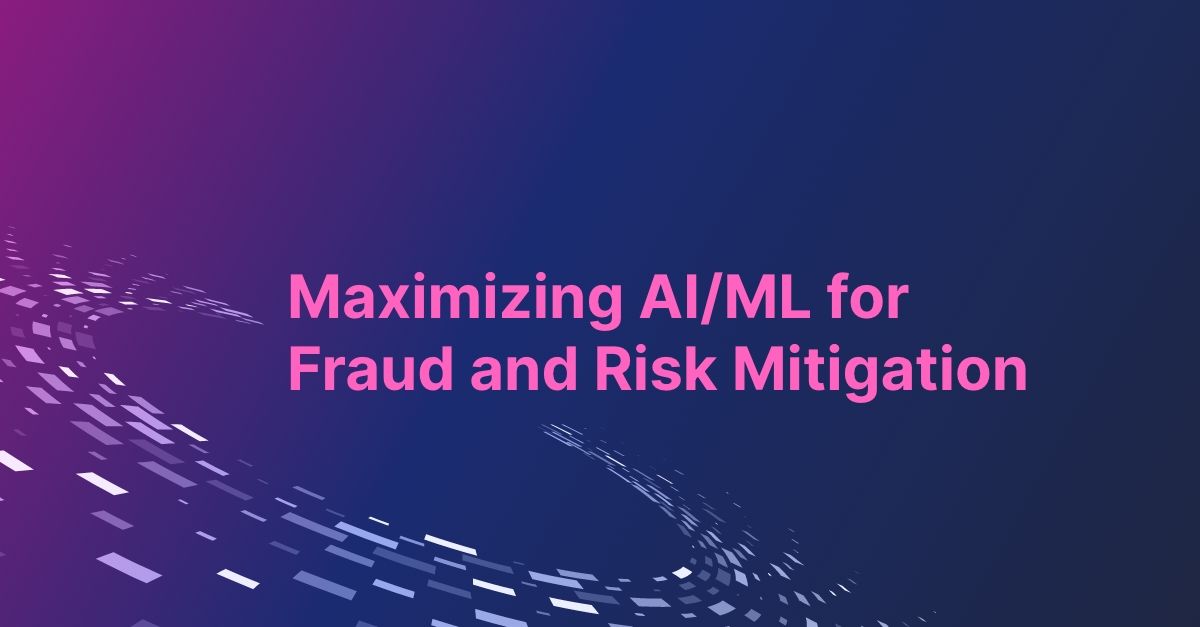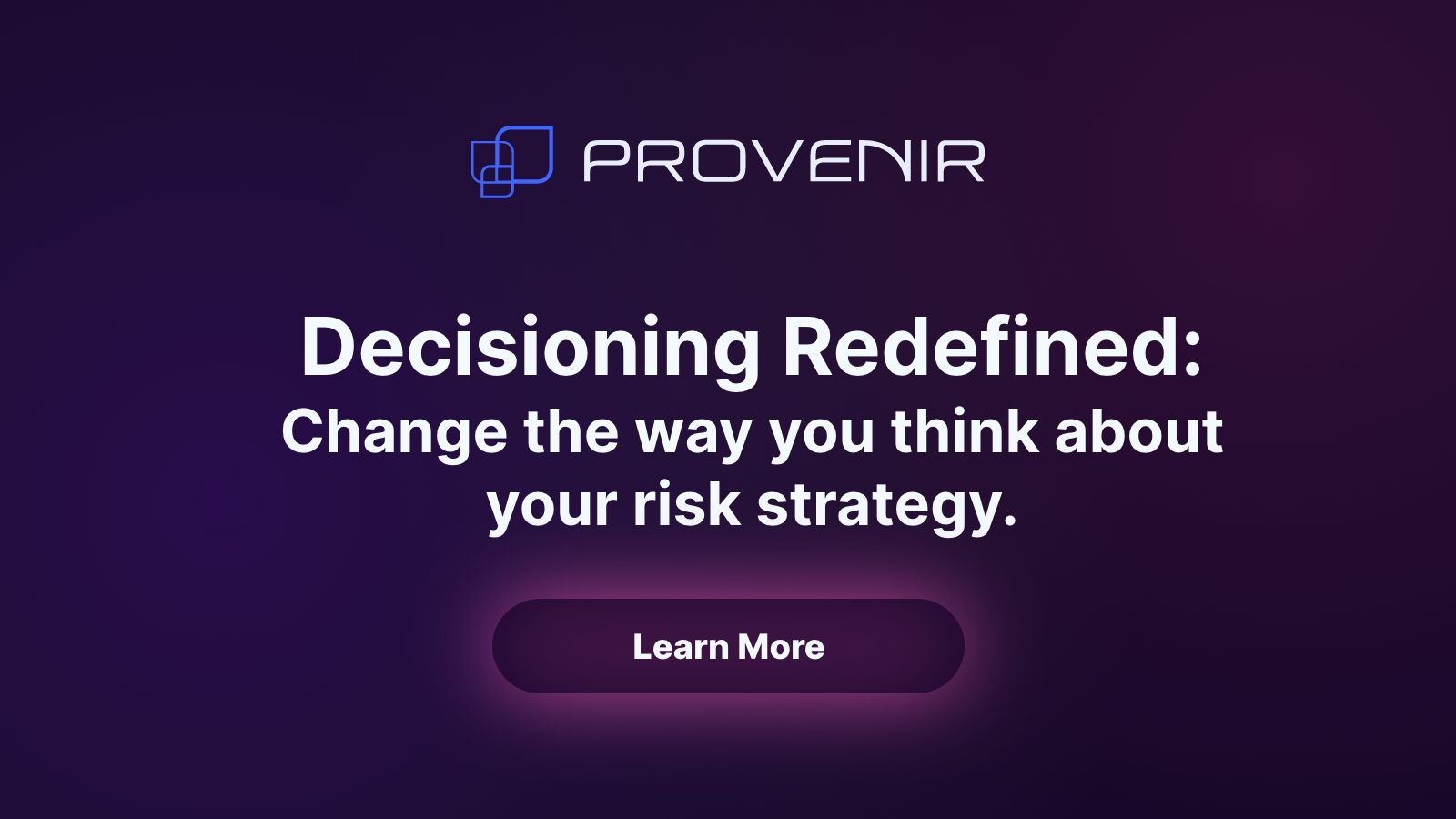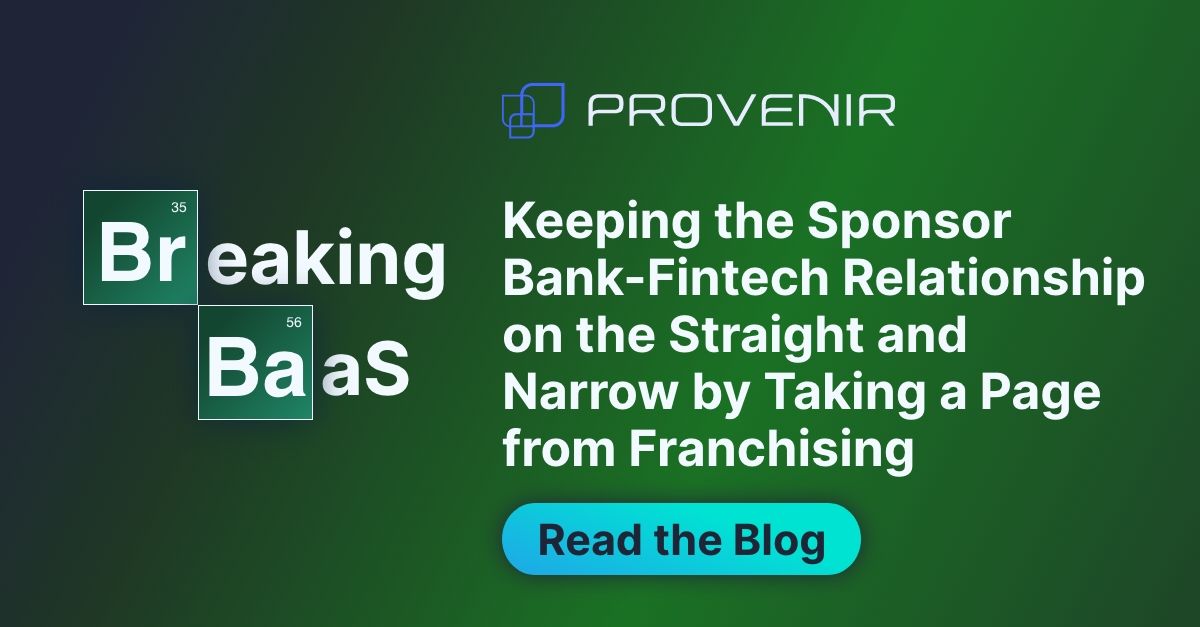Maximizing AI/ML for Fraud and Risk Mitigation
Blog
Maximizing AI/ML
for Fraud and Risk Mitigation
- Jason Abbott, Senior Product Manager, Fraud Solutions
- May 6, 2024
How to Harness Artificial Intelligence and Machine Learning for Comprehensive Fraud Protection
The battle against fraud and risk in financial institutions is complex, and it’s always changing. And fraud doesn’t start and end with the onboarding of applicants – it’s a continuous challenge that demands evolving strategies. This is why it’s critical to look at risk decisioning solutions, including artificial intelligence and machine learning, that can access real-time data across the journey – tackling fraud screening not just at the application stage, but throughout the entire customer lifecycle.
Real-time data for real-time decision making
Artificial intelligence and machine learning (AI/ML) play a pivotal role in detecting and preventing fraudulent activities. With financial fraud methods becoming more and more sophisticated, one key way to stay ahead of fraudsters is accessing real-time data, integrating it into your risk decisioning solutions, and automating the use of that data with AI/ML. In this way, you can react swiftly (and accurately) to ever-evolving fraud threats.
But it’s critical to balance fraud mitigation with the customer experience. While admittedly powerful technology, AI/ML requires more than just advanced algorithms and risk models – it needs a comprehensive understanding of the overall decisioning operations, customer experience, and the regulatory and compliance landscape of financial services organizations in the regions you operate. An effective fraud decisioning model needs to not only intercept fraudsters, but it needs to be sure that it doesn’t introduce more friction for legitimate customers. Tightening the net on fraudsters isn’t the most optimal answer – we need to ensure that embedded intelligence is working efficiently to keep out the bad actors while still extending the right products and offers to a growing number of creditworthy customers.
Intelligent use of data throughout the customer journey
A common challenge that financial institutions face is the underutilization of valuable customer data that gets collected during the application process. Rather than discarding this data, it should be integrated into ongoing monitoring programs and used to enhance risk mitigation strategies, especially during high-risk events. For example, take the case of mule account detection, where initial application data contains the right indicators that help approve an applicant. But with ongoing monitoring as new data becomes available, financial institutions could intervene later if new suspicious activity is tracked. With a set-it-and-forget-it mindset and the lack of ongoing monitoring, fraudsters can more easily slip through the cracks. As fraud methods become more evolved, the risk models needed to prevent fraud need to evolve as well. Many times, actors with ill-intent will use legitimate credentials to gain access to products and services and then pull a bait-and-switch when onboarded. Without the use of ongoing monitoring and the continuous intelligent, optimized use of risk data across the journey, these sorts of situations become difficult to catch until it’s too late.
This is why adapting quickly to new threats is so critical. Flexibility and responsiveness are key things to look for in a fraud/risk decisioning solution, because with the adaptability to add new data sources, optimize risk models based on intelligence, and change decisioning processes easily, you are able to respond to threats more effectively. AI/ML models act like the central nervous system of a modern sports car, where every component must communicate and function in unison to effectively respond to changing conditions – in the case of a car it’s road conditions, weather conditions, engine temperature, etc. In the case of fraud mitigation, you need to ensure that you can adapt quickly without being bogged down by manual processes or IT backlogs to make changes.
Efficient data integration
Not all financial institutions have the ability to integrate extensive datasets into a smart, unified model or data lake. Whether it’s technical restrictions, resource issues, IT backlogs, or the challenges of merging disparate systems, there are many factors that can hinder efficient data integration. What’s needed is an effective fraud orchestration layer, combined with low-code or no-code capabilities, allowing you to adapt and innovate as quickly as threats do, giving you a significant competitive advantage (and again, helping to maintain a positive customer experience with limited friction).
So what are the key things to consider when it comes to enhancing your fraud mitigation strategy by harnessing AI/ML? Think of the following:
Does your AI/ML model for application fraud provide reliable scoring and clear explainability?
Can you integrate fraud-rich data into your application fraud infrastructure?
How easily can you integrate new data sources in response to emerging fraud trends?
Are you able to leverage available data to address potential post-application fraud?
With cutting-edge technology designed to empower financial institutions to not only respond to threats in real time, but also anticipate them before they can cause harm, decisioning technology that incorporates robust AI/ML solutions will ensure your organization (and your customers) remain secure and satisfied.










